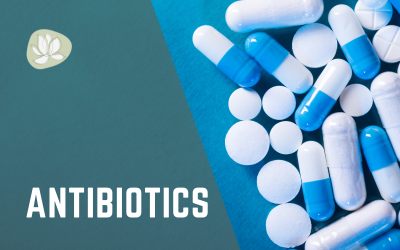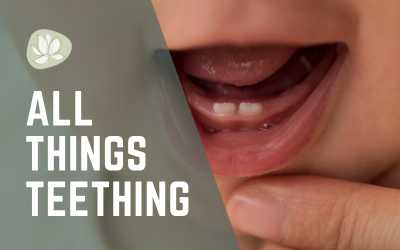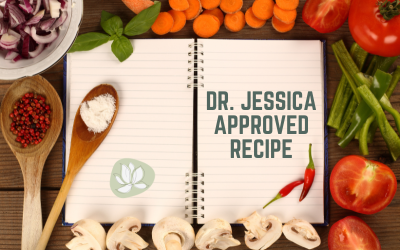Synthetic food dyes have become more prevalent and accepted in our society than ever before… but at what cost? Many people need to learn that the beginning of these colors comes from petroleum, the same stuff you are putting into your cars.
One great book I recommend, especially for teachers, “The Crazy Makers: How the Food Industry Is Destroying Our Brains and Harming Our Children,” is a gripping exposé that delves into the alarming impact of the food industry on our mental health and the well-being of our children. It uncovers the manipulative tactics the food industry employs to maximize profits at the expense of our cognitive function and emotional well-being.
“The Crazy Makers” uncovers the links between processed food consumption and depression, anxiety, and cognitive disorders. It unveils the hidden dangers of additives, preservatives, and artificial sweeteners, shedding light on their role in neurochemical imbalances and cognitive decline.
Some individuals, particularly those with chemical sensitivities, may experience allergic responses when exposed to these dyes. These reactions can range from mild symptoms like skin rashes and itching to more severe manifestations such as difficulty breathing or anaphylaxis. You may be on allergy medications simply because you eat petroleum-based colors.
Moreover, studies have linked synthetic food dyes to hyperactivity and behavioral issues, particularly in children. Conditions like attention deficit hyperactivity disorder (ADHD), anxiety, and depression are associated with consuming these dyes. The effects of food dyes on children’s behavior have raised concerns among parents, educators, and healthcare professionals, leading to calls for stricter regulations.
Another alarming finding is the potential cancer risk associated with certain synthetic food dyes. For instance, Red 3 and Red 40 are linked to increased cancer risk in animal studies.
Furthermore, some synthetic food dyes contain compounds that can disrupt hormonal balance and interfere with reproductive and fertility functions. These hormonal disruptions can have severe implications for individuals, particularly those trying to conceive or maintain a healthy reproductive system. It is essential to consider these potential risks, especially for those planning to start a family.
Neurotoxicity is yet another issue associated with certain synthetic food dyes. Animal studies have shown that dyes like Yellow 5 and 6 can have neurotoxic effects.
Moreover, the environmental impact of synthetic food dyes must be considered. These dyes can persist in water and soil, threatening aquatic ecosystems and wildlife. The manufacturing and disposal of synthetic food dyes contribute to pollution and environmental degradation. This aspect further highlights the need for more sustainable and eco-friendly alternatives in the food industry.
Considering the potential health risks and environmental implications, it is crucial to be mindful of the presence of synthetic food dyes in the foods we consume. Families can minimize exposure to these potentially harmful additives by being aware and making informed choices. Opting for whole foods without an ingredient list is the best approach. However, when processed foods are consumed, it is essential to scrutinize the labels and identify any synthetic dyes present.
Please take a moment and think about your child’s schoolroom and the number of food colors you and your school allow, then think about that letter that discusses your child’s behavior and the drugs they are suggesting. While it is hard to make any change, especially when children are involved, this is one in which you are sure to see multiple health benefits when colors are eliminated.
The first step in any healing process of ANY health issue should always start with food. When it doesn’t, there are some extreme health challenges that prescriptions can then complicate. I created 90 Days To Clean Eating to help families understand how to take the first steps in understanding how food fuels the body.
We highly recommend having the whole family make the change to remove food dyes, remove gluten, remove soy, remove GMO corn, remove processed dairy, and limit sugars under 40 grams a day. This may sound like nothing is left to eat, but many options do exist! I tell everyone I love who I am off the processed foods and don’t enjoy the hot mess, hormonal, temperamental, headachy (insert every bad momma ain’t happy joke here). It’s freeing to be happy! So for me, these food changes are not limiting at all.
Are you ready to make the jump? Grab my online course to get weekly grocery lists and recipes sent to you! In just 90 days, I will show you how to make cooking clean easy, how taste buds will change, and how you will feel the difference when you fuel your body with nutrients!




Recent Comments